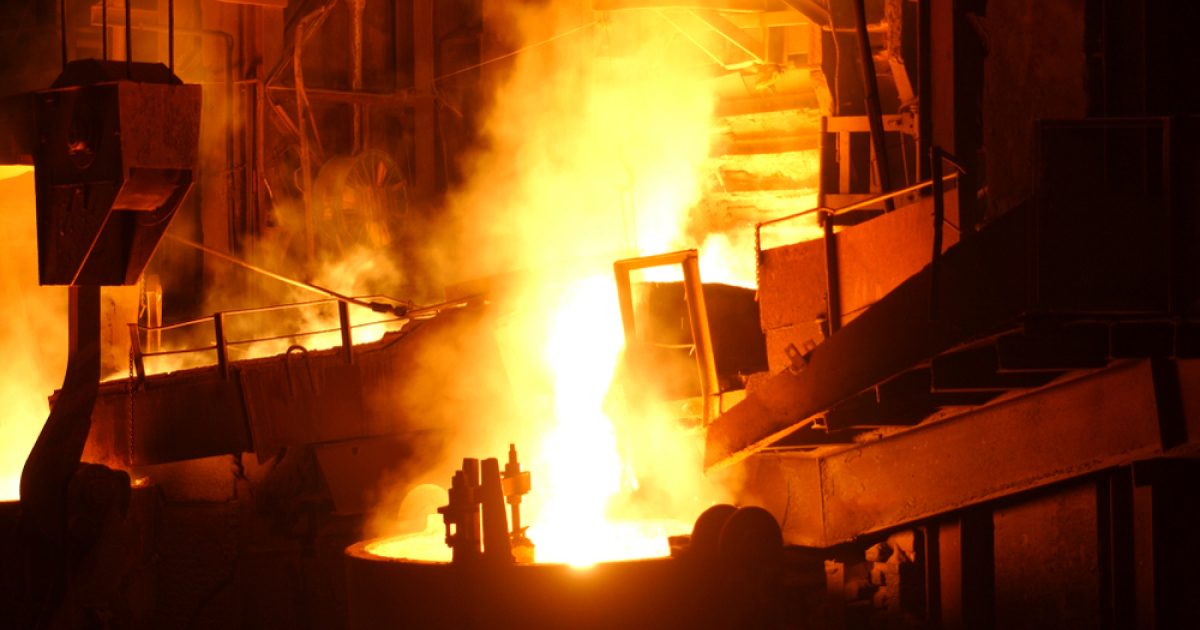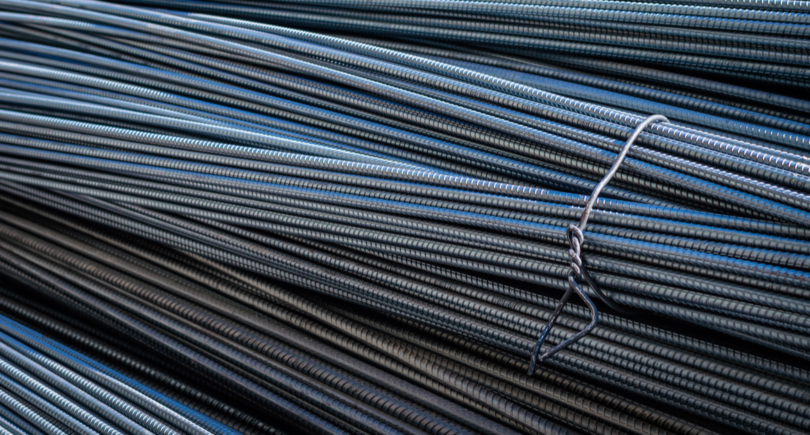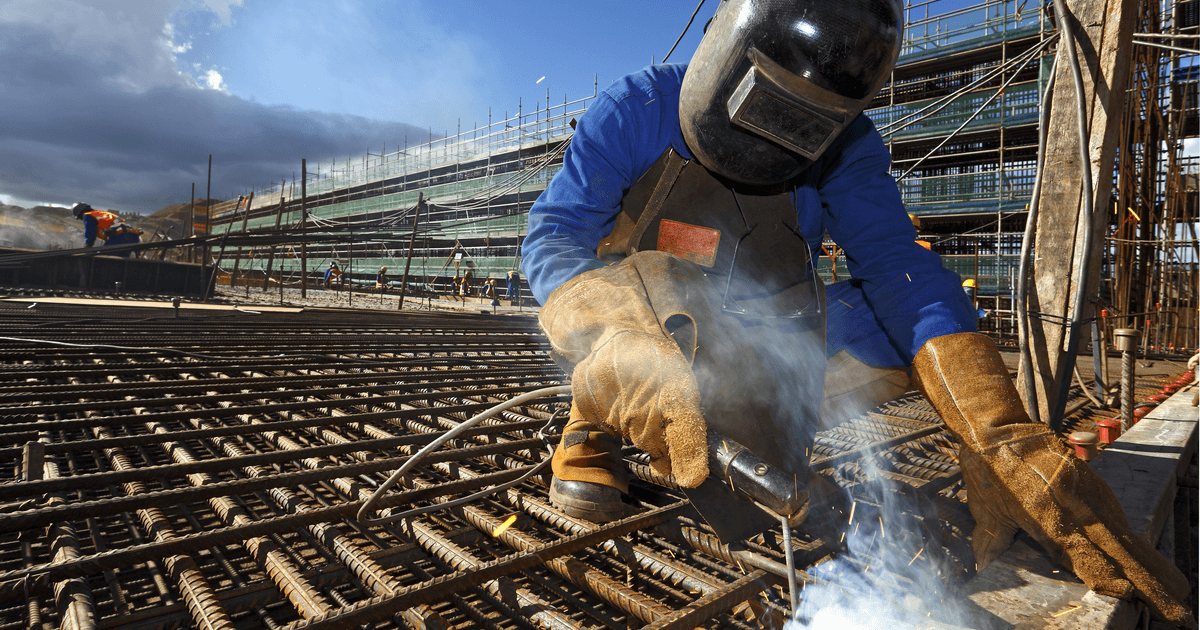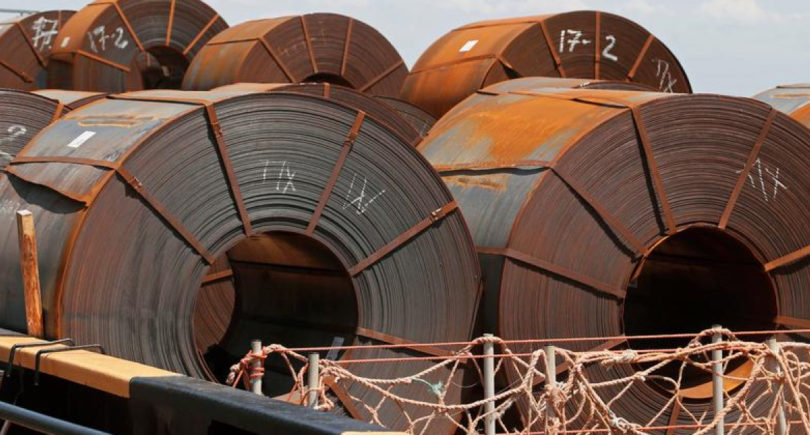
News Global Market steel production 1966 28 May 2025
Global steel demand growth will be slow
The Organization for Economic Cooperation and Development (OECD) forecasts a 6.7% (165 million tonnes) increase in global steel capacity between 2025 and 2027, with almost 60% of this growth coming from Asian economies (in particular, China and India). This is stated in the organization’s new report on steel market prospects.
If these plans are implemented, it will lead to an increase in global overcapacity.
At the same time, global demand is expected to grow by only 0.7% annually through 2030, with a decline in China, stability in the OECD region, and stronger growth only in certain developing regions such as ASEAN and MENA.
As demand growth is forecast to be slow at best, capacity utilization could fall back to 70%. This will put a lot of pressure on even very competitive steel producers. Steel prices have already fallen from their peak in 2021 to historically low levels, although now, the OECD notes, they appear to be bottoming out. Profitability has followed a similar trajectory, falling sharply from the relatively strong levels of 2021.
The report also notes that subsidies continue to distort competition and have contributed significantly to overcapacity in non-OECD economies. It persists and is becoming more pronounced in the regions where steel capacity is growing fastest, especially in China and the Middle East and North Africa and ASEAN regions.
In particular, the level of subsidization in China is ten times higher than in OECD countries. In addition to below-market borrowing, support measures include subsidized energy prices, direct grants, and preferential tax treatment.
The sharp growth in Chinese exports, the organization notes, is leading to tighter trade measures in the world. Over the past year, 19 governments launched 81 anti-dumping investigations against steel products, which is five times more than a year earlier and is approaching the level of the steel crisis of 2016. Almost 80% of the cases involved Asian producers, with China alone accounting for more than a third of the total. In addition, a growing number of countries are introducing broader measures to protect the steel industry by increasing steel tariffs across all sectors.
Steel producers affected by trade measures often seek to mitigate their impact by redirecting their exports to other markets with no or fewer restrictions, or by finding ways to circumvent them. The OECD analysis shows that during 2013-2020, the volume of suspicious trade (including steel trade diversion) amounted to 21.5 million tons, which is 17.6% of the total.
The report also warns that overcapacity is hindering the steel sector’s ability to invest in decarbonization. More than 40% of new capacity expected to be added by 2027 will be based on the traditional high-emission BF/BOF method.
The long-term prospects of the industry would be improved by strengthening international cooperation, the OECD emphasizes.
Earlier, the OECD warned of a deepening global crisis in the steel industry. The reason for this is the growth of global overcapacity and a surge in cheap steel exports. China’s steel exports have more than doubled since 2020, rising to 118 million tons in 2024. At the same time, prices and profitability of the industry continued to fall over the past year, reaching historically low and unacceptable levels in some regions.




